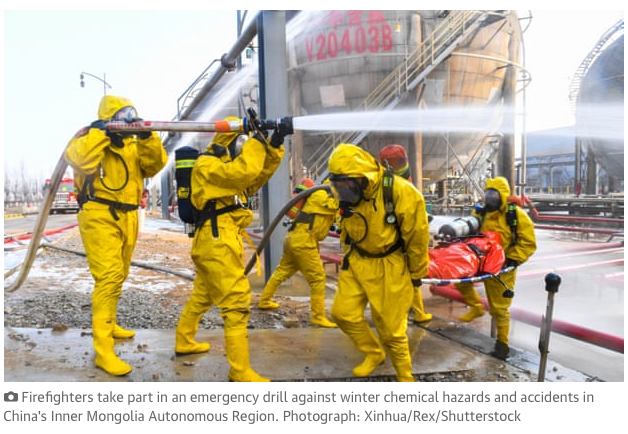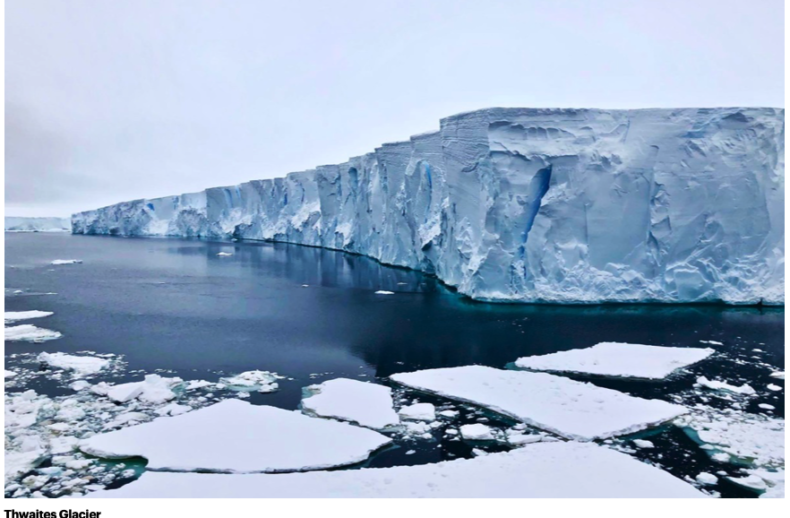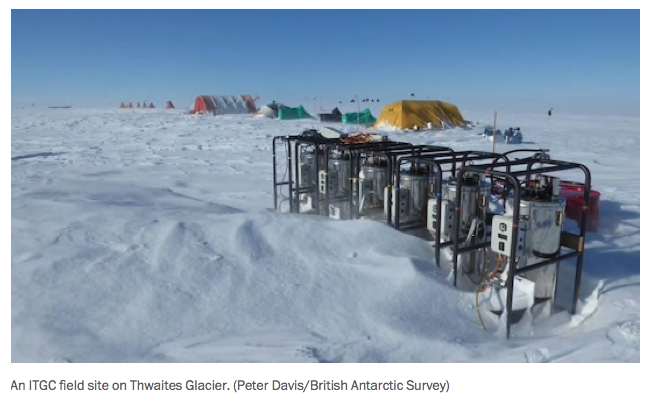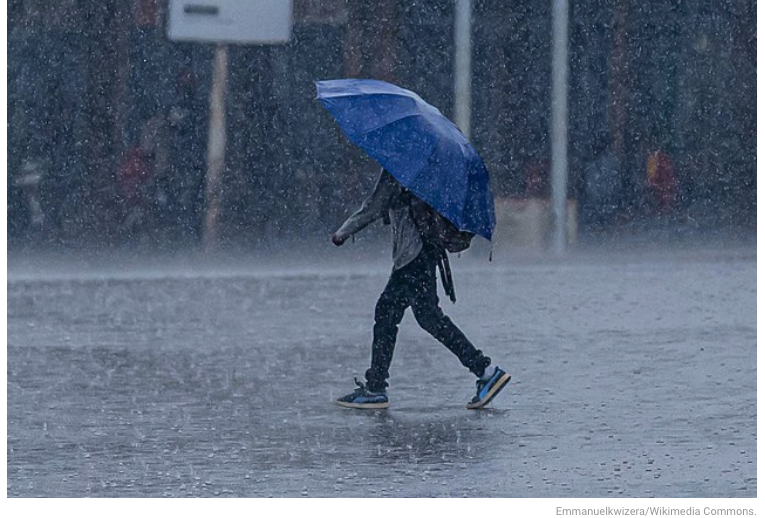There is increasing alarm about the extent of microplastic pollution, which has been found everywhere from Everest to the Arctic.
However, it turns out there’s an even smaller and more toxic form of plastic pollution infiltrating remote reaches of the globe. A new study published in Environmental Research found significant quantities of nanoplastics in ice samples from both the North and South Poles.
“Now we know that nanoplastics are transported to these corners of the Earth in these quantities. This indicates that nanoplastics is really a bigger pollution problem than we thought,” study lead author Dušan Materić of the Institute for Marine and Atmospheric research Utrecht (IMAU) said in a press release.





